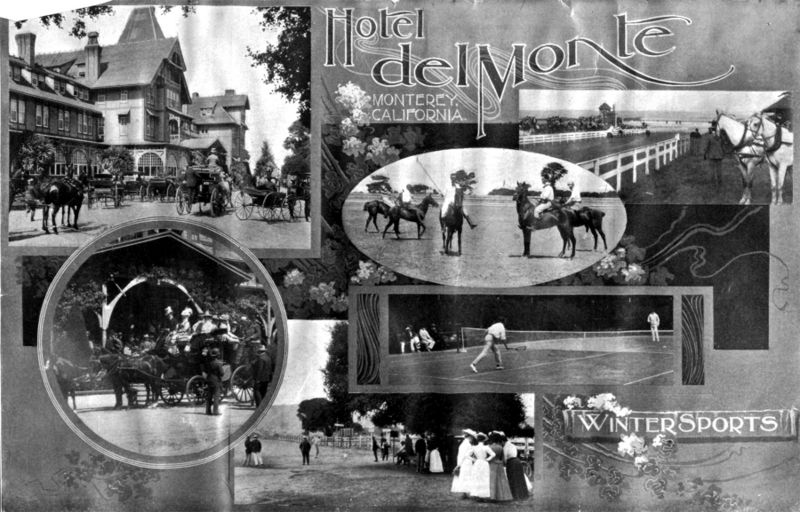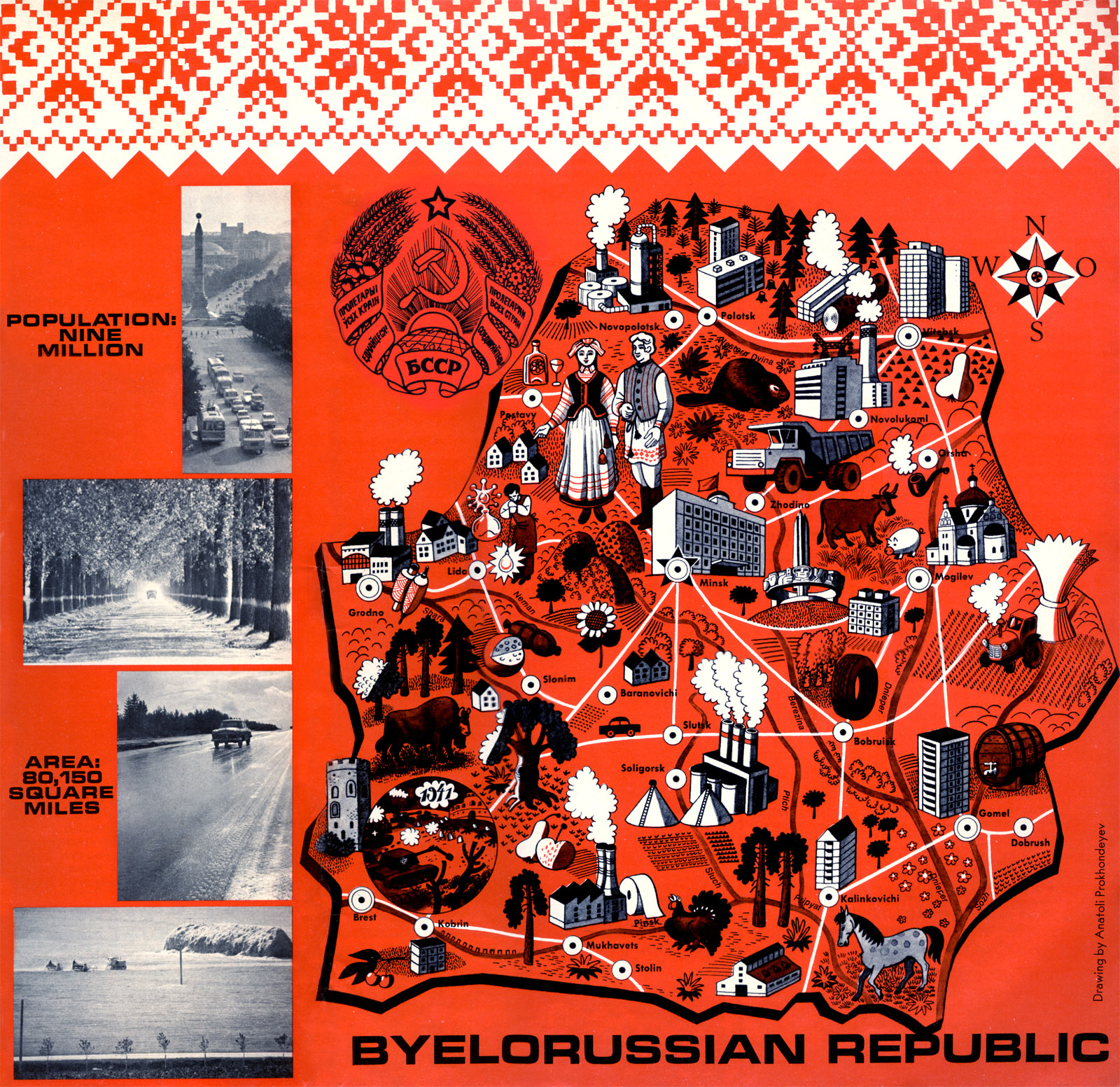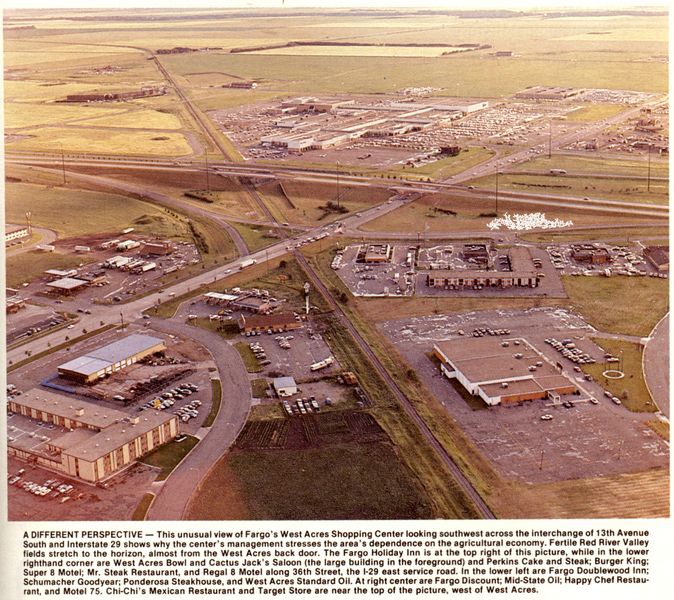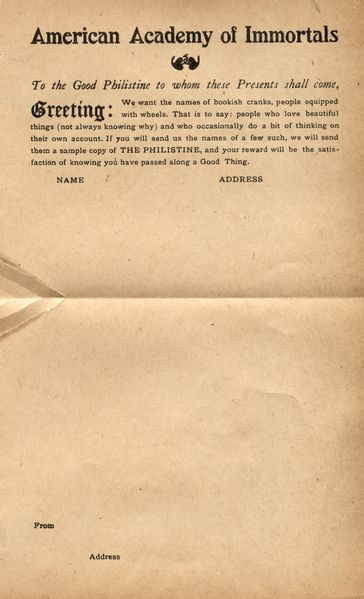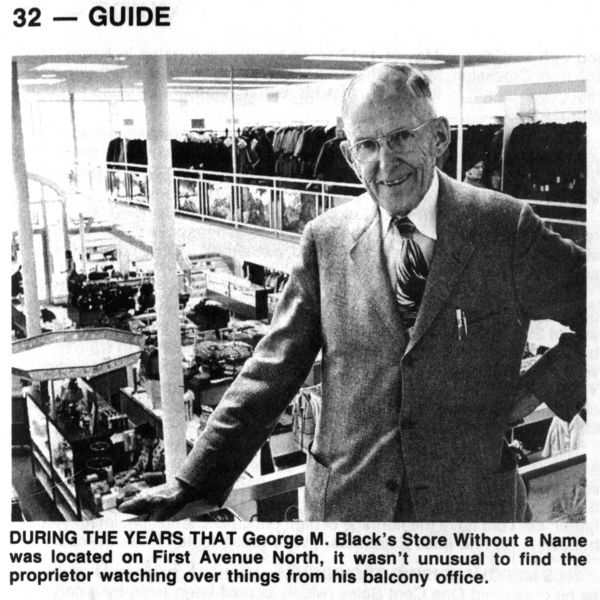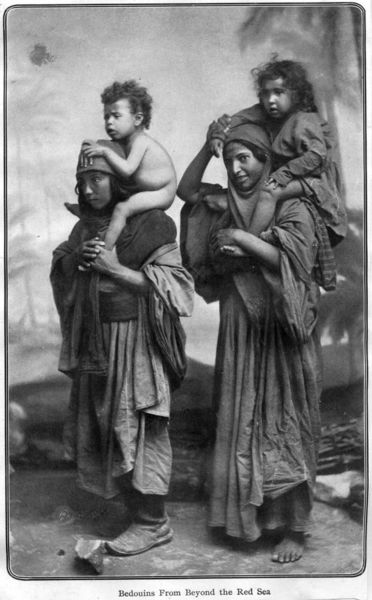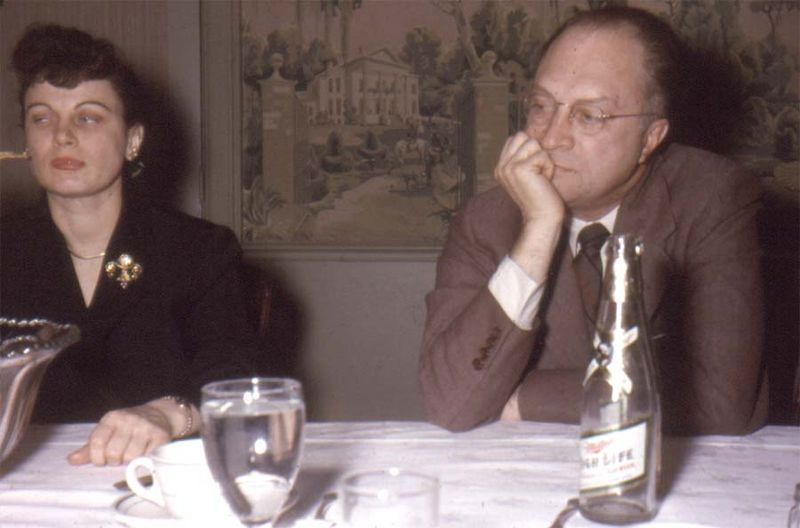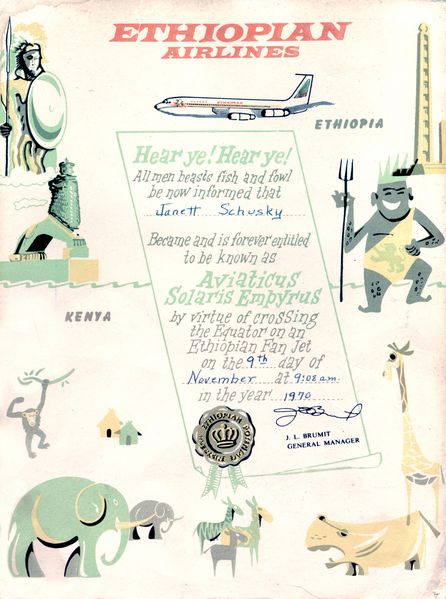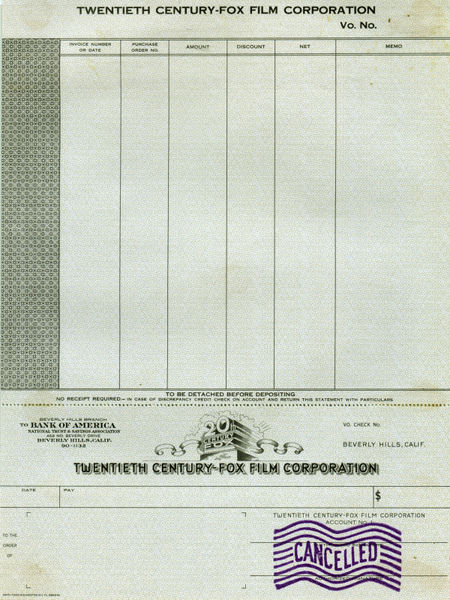 |
 |
On the left, a 20th Century Fox check from sixty years ago, purchased (along with 15 more pounds of 20th Century Fox ephemera from the early forties) by my wife and I for a lot of money, on the assumption we could re-sell it for a whole lot more than we paid. We’ve had an appraiser say it could have been worth more than a thousand dollars, were we to find the right buyer.
Before a buyer found us, 20th Century Fox’s legal department found us. See, the large book of Fox ephemera was lent by Fox to the University of Southern California…and was stolen from the university’s library. Allegedly, entirely according to what the Fox lawyer told us on the phone. Rather than calling the police and having us hauled in for trafficking stolen materials, one of Fox’s lawyers contacted us, asked us to take the paper off the market, and offered to pay us what we spent in acquiring it in the first place. A reasonable deal; we could have argued to keep it, we could have gone to court, Fox would have had to figure out how to prove that this book was the one stolen, we’d prove our ownership and the unlikeliness that it ever belonged to 20th Century Fox…but we thought it better to cut our losses.
In the mail today arrived the check on the right — a modern 20th Century Fox check reimbursing us for our expenses in holding on to this lot for Fox until UPS delivers it sometime next week. As the issue is ownership, and not protection of intellectual property, I took some scans of the cooler aspects of the lot before I ship it out in the next couple days. You’ll get to see some of it soon.
